Three City of Sonoma commissions recently completed two joint meetings spanning five hours to recommend new Urban Forest Management Plan strategies to the City Council.
Sonoma’s Planning Commission, the Parks, Recreation and Open Space Commission, and the Climate Action Commission, a combined commission membership of over twenty-four citizens, met on February 29, 2023, to finalize its list of recommendation and to confirm priorities. Members of the public were also in attendance and participated; the discussion was facilitated by Jennifer Gates, the city’s Development Director.
As was noted during the meetings, trees are no longer simply aesthetic objects in the built environment; rather, the connection between trees, climate, and the environment overall are now a required part of the planning and development process, both locally and under new state laws.
A portion of the meetings was devoted to identifying local policies and measures that are now obsolete or seriously out-of-date. The city’s Heritage Tree Ordinance, for example, has not been revised since its inception in the 1990s. Similarly, standards pertaining to the planting of trees in large parking lots located in commercial and multi-family developments no longer conform to state laws regarding the mitigation of asphalt “heat islands” by shading them with trees.
Sonoma’s City Council recently included the priority of improving Sonoma’s use and planting of trees in its approval of its annual goals. The work of the joint commissions is intended to provide recommendations to the council and city staff on how best to proceed in accomplishing its goals on climate mitigation and adaptation.
A number of cities in California have adopted Urban Forest Management Plans that generally include an analysis and inventory of the existing tree canopy, identification of trees by species, estimated age, size, health and even value. The top recommendation of the joint commissions is for the city to begin a comprehensive tree study and inventory, an activity that will also provide online documentation of Sonoma’s existing trees.
An inventory process will require funding by the city, however, and information about the software tools and costs associated with that project are being determined by city staff.
One member of the public, using satellite images and mapping software, presented information and a comparison of the existing tree canopy on the east side of town versus the west side of town, and suggested that concentrating attention on planting more trees on the west side will provide an overall improvement to Sonoma’s percentage of tree canopy.
Planning Commissioner Chair Larry Barnett (a member of the Sun Editorial Board) noted that companies that offer property insurance are now requiring the removal of trees due to the industry’s fears of financial losses due to fires, and that obtaining home insurance in our area is increasingly difficult. In this way, government’s policies encouraging tree planting runs counter to the imperatives of the insurance industry, a problem yet to be resolved.
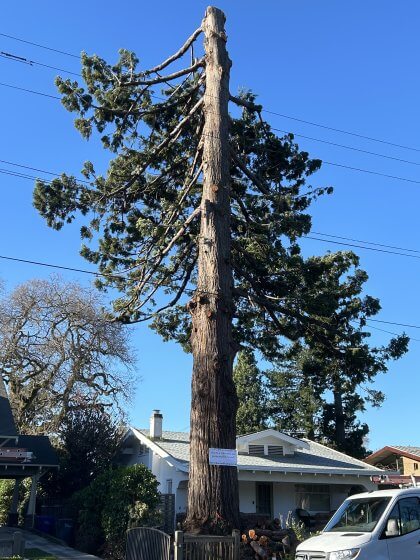
Another priority set during the meetings is to increase public education about trees, their care, maintenance and removal. Many existing trees are improperly planted, pruned, and cared for, leading to structural problems that sometimes rise to the level of a threat to safety. The photo above shows the bizarre way PG&E topped and pruned a 100-year-old Redwood on Napa Street, eliminating all the branches on one side of the tree after a limb fell into high-tension wires during a high wind. The property owner, who was out-of-town at the time, now has to deal with what’s left.
In addition, the city’s regulation and monitoring of trees has fallen short over the years, leading to the failure of trees planted as a condition of project approval. The commissioners agreed that increased enforcement and monitoring of trees must be improved. Planning for the city to hire an in-house arborist is one solution to this problem.
The goals affirmed during the meetings cover the areas of (1) education, (2) planting and maintenance, (3) regulations and policies. These goals are associated with fifteen specific actions associated with a future Urban Forest Management Plan, yet to be developed.
The commission recommendations now go to the City Council, which will determine which elements of the actions it can fund during the next budget cycle, beginning this July.

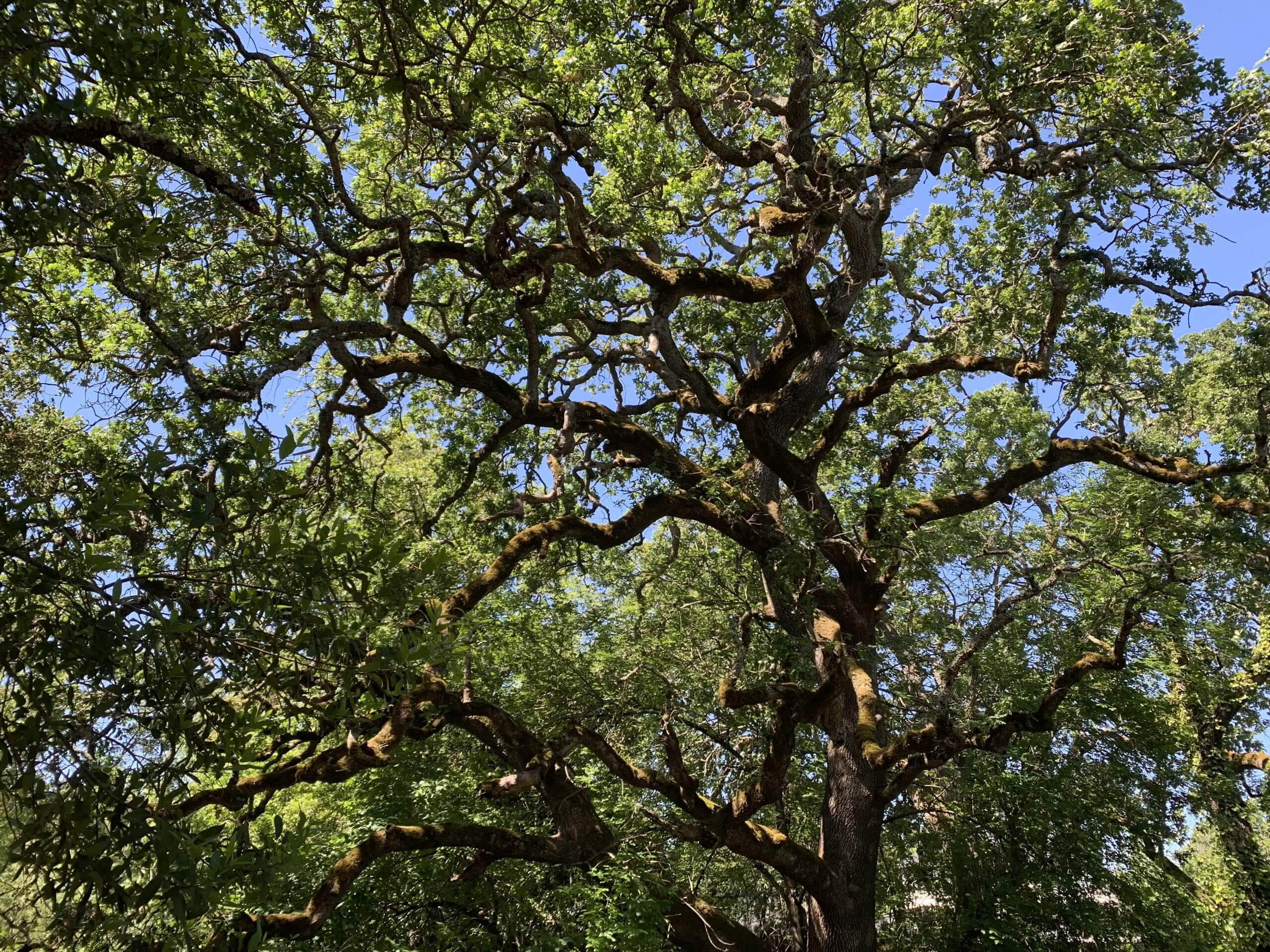
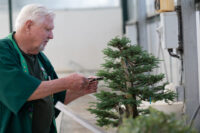
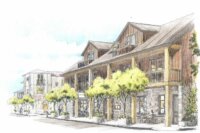
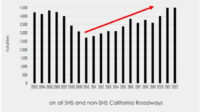

Be First to Comment